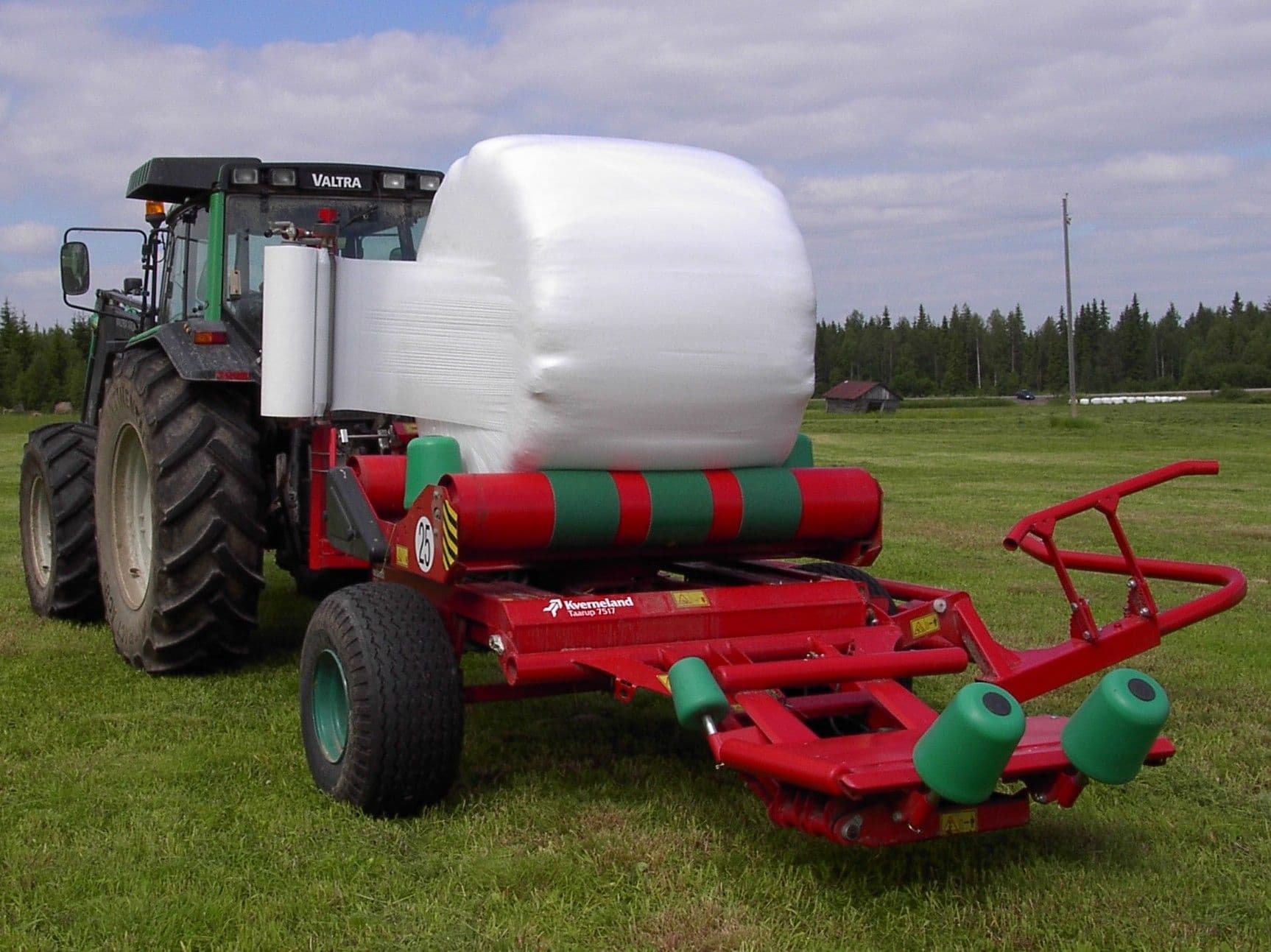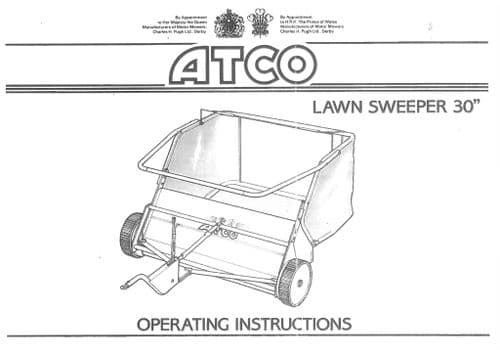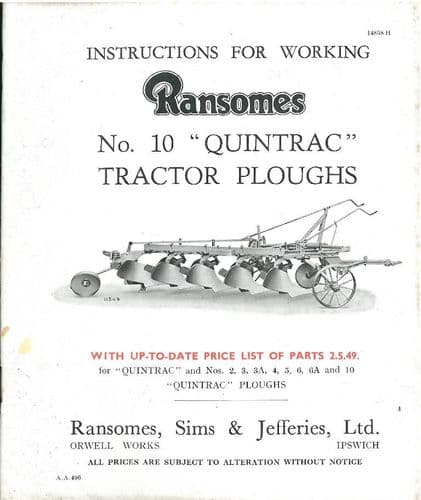
What They Do, How They Work, and Why Maintenance Matters
If you’ve ever spent time on a farm during harvest season, you know that baling the forage is just half the battle. The next step—wrapping—is where things get interesting. Whether you’re dealing with round bales or square bales, using a bale wrapper can mean the difference between rich, fermenting silage and a heap of spoiled, unusable fodder.
So, what exactly do bale wrappers do?
What Is a Bale Wrapper?
A bale wrapper is a piece of farm machinery designed to wrap bales in plastic, sealing out oxygen. This is especially important for making silage—fermented, high-moisture fodder used to feed livestock. By wrapping bales tightly in plastic film, farmers create an anaerobic environment that preserves nutrients and prevents spoilage.
There are different types of wrappers for different bale shapes:
Round bale wrappers: These typically rotate the bale on a platform or rollers while wrapping it in layers of stretch film.
Square bale wrappers: Often involve more complex mechanisms to ensure all corners and flat surfaces are fully covered, sometimes using satellite arms or rotating tables.
How Do They Work?
Most modern bale wrappers work with a hydraulic or electric drive system. Once the bale is loaded, the machine begins rotating it while the plastic film is pulled tight and layered over the surface. The number of layers can be adjusted depending on the crop and storage time. Some machines are stationary, while others are fully automated and can wrap bales on-the-go in the field.
There are even combo baler-wrapper units that do it all in one pass—great for saving time and labor.
Why Maintenance Is Key
Bale wrappers might look straightforward, but they’re full of moving parts: rollers, film dispensers, arms, conveyors, and motors. Without regular care, these components can wear quickly—especially when they are expected to work in dusty, damp, and grassy environments.
Here’s why maintenance matters:
Consistent wrap tension: Loose or uneven wrapping can let air in, spoiling the bale.
Prevent downtime: A breakdown in the middle of wrapping season can cost you both time and money.
Extend machine life: Replacing a few bearings or greasing joints regularly is much cheaper than buying a new wrapper.
Quick Maintenance Tips:
Check and tighten all bolts regularly.
Keep film rollers clean and free of debris.
Grease moving parts according to the manufacturer’s manual.
Inspect hydraulic hoses for wear or leaks.
Keep a few common replacement parts handy.
Final Thoughts
A bale wrapper is more than just a fancy farm gadget—it’s a key tool in preserving feed quality and cutting waste. Whether you're wrapping big round bales or compact squares, keeping your wrapper in top shape ensures you get the most out of every cut of grass or hay. So next time you're out in the field, give your bale wrapper the TLC it deserves—it’s working just as hard as you are.



